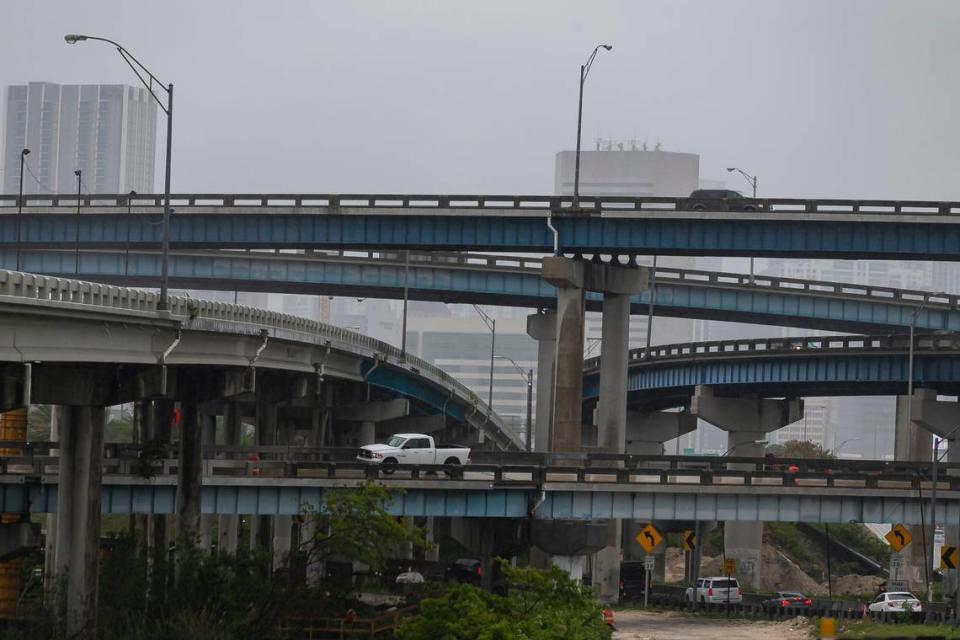What the infrastructure bill means for Florida’s deteriorating roads and bridges | Opinion
On Friday night, a bipartisan group of lawmakers in the House of Representatives voted to pass the Infrastructure Investment and Jobs Act and sent it to the president’s desk to be signed into law.
There is no question of the need; America has not been spending enough to keep up with regular wear and tear, much less the influx of external environmental and social challenges Floridians are facing.
So instead of the politics, let’s talk about what the policy will do to confront the challenges facing Florida.
An underappreciated aspect of the need for infrastructure investment is population growth.
The Florida Chamber Foundation’s research shows “there will be 3 million more drivers on Florida’s roadways, and 4.5 million more residents will call Florida home by 2030. On top of that, 50 million more visitors will travel to Florida each year.”
Roads and bridges
The state already has 408 bridges and over 3,564 miles of highway in poor condition. We can’t expect our highways to weather the increased load.
The infrastructure bill will provide at least $13 billion in federal funds to improve Florida’s highways and another $245 million for bridge replacement and repairs over five years.
The investment is urgently needed because every delay just runs up the cost for Floridians, along with every American taxpayer. In 2019, Americans lost 99 hours throughout the year due to traffic congestion, with an average cost of $1,377. Seven of the 50 worst commutes in the United States are right here in Florida.
That’s productive time wasted, and it causes a drain on our economy. But it isn’t bad just because it takes longer to get to work, childcare or to the doctor — it’s also more expensive in the long run.
A Cornell University study found that for every $1 of maintenance on roads and bridges that we defer, it ends up costing taxpayers an additional $4 to $5 in future repairs. With numbers like those, it makes you wonder why Congress didn’t act sooner to improve our roadways.
Extreme weather
An increase in extreme weather events should also give Floridians a strong appreciation of the urgency to equip buildings, roads, and bridges to stand up to a changing climate.
In the case of sea rise, a South Florida Sun Sentinel and Miami Herald data analysis found that 445 miles of roads in the state would likely be flooded by 2040. By 2060, that number skyrockets to almost 1,600 miles of roads — three times as many.
Of course, the pressing need for infrastructure improvement goes beyond Florida. Data shows that coast to coast, Americans are experiencing the effects of climate change right in their own backyards. An analysis by the Washington Post found that heading into summer, nearly 1 in 3 Americans lived in a county hit by a weather disaster in the previous three months.
We need roads made with more durable materials, designs, and planning and we need to start building them now. America’s engineers are ready to take on the challenge. The Infrastructure Investment and Jobs Act hit some roadblocks, but we applaud the bipartisan group of lawmakers who voted to make this historic investment in infrastructure for Floridians and all Americans. Now let’s get to work.
Linda Bauer Darr is president and CEO of the American Council of Engineering Companies. Recently, the group held its annual fall conference in Marco Island. “The Invading Sea” is the opinion arm of the Florida Climate Reporting Network, a collaborative of news organizations across the state focusing on the threats posed by the warming climate.


